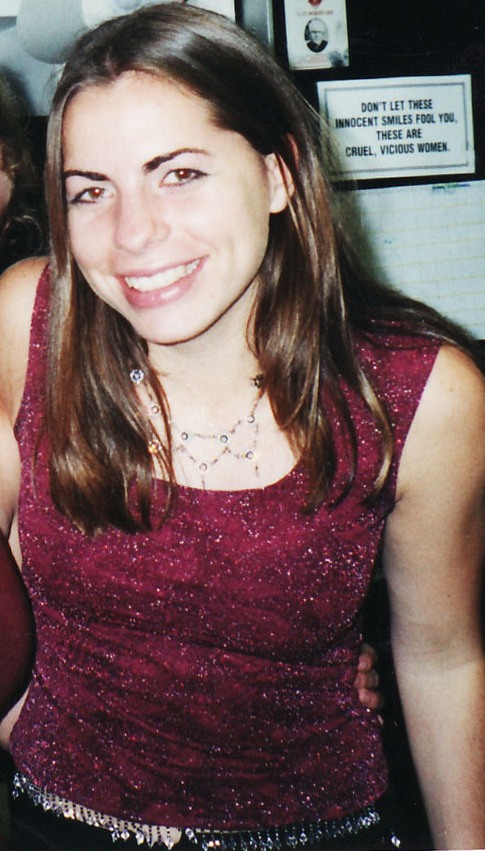
College is when I experienced the most street harassment. Some days it seemed like I faced hoots, hollers, honks — and worse — whenever I left campus. When I went running, walked to volunteer at a domestic violence shelter, or took the bus to restaurants or the mall with friends.
Despite the fact that I was part of the social justice organization at my school and I picked up a second major in women’s and gender studies, I did not know the term “street harassment” then, nor what to do. Instead, I just felt frustrated, angry, and upset a lot and eventually changed my life to try to avoid it.
That was nearly a decade ago, and fast-forward to today, and it seems the term street harassment is much more commonly understood and there are so many groups speaking out against it now, including even the United Nations!
In the last eight years, many countries across the world have conducted studies on the topic, including in Egypt, Yemen, India, Peru, France, and the UK. They are using the study findings to better address the problem and to gain more widespread support in stopping it.
In the U.S., however, this is not happening. More than 15 years ago, there were two academic studies conducted in Indianapolis and the California Bay Area showing that 100 percent of women experienced street harassment. In 2000, there was a quick phone poll showing that at least 80 percent of women across the nation had – with no significant difference if they lived in urban, suburban or rural areas.
But the U.S. has no national comprehensive study looking at the types of harassment that happens, how often, its impact on people’s lives, or why people harass. And, there is no national study that surveys both women and men on these topics or includes harassment based on sexual orientation or gender expression.
After studying, writing about and speaking about this topic for more than six years, I feel SO strongly about the need for this study that I spend a lot of my “free time” (outside of work and family time/obligations) trying to raise $47,000 to be able to fund this comprehensive national study so I can use the best surveying firm available. We’re nearly half-way toward that amount.
I have also spent my free time and my own money traveling and conducting focus groups to bring forward under-represented voices. This includes paying my way to places like South Dakota, Los Angeles, Kansas City, and New York City to conduct them with groups like Native Americans, queer women of color, and GBTQI men of all races.
I REALLY REALLY believe we need this study to better prove this is a problem and to galvanize more support for stopping it and also so we as activists can create more targeted awareness campaigns, educational materials, and work to prevent it from happening in the first place.
I say all this to ask you to please donate what you can (minimum $10) to make this study possible. I cannot do this alone. If you have been harassed, please consider making a donation. If someone you know has been harassed, please consider making a donation.
This will be a study about the people, for the people… funded by the people. There are no big foundations or granters, this is about us, our experiences, and our desire to make a change for us, for the next generation, and for the betterment of our country.
